
Has the constant increase in rates for the past 6 months created serious indigestion for you? No doubt anyone looking at selling or buying a practice is feeling nervous.
Let’s look at the overall effect of higher interest rates.
1) As interest rates increase so does the cost of borrowing. A cautionary tale is to not be carrying any credit card debt if possible.
2) Does the hike in interest rates affect practice values? Technically no. When we appraise an office, we assume it is debt free. As much as we do not agree with valuing a clinic as a multiple of EBITDA, interest is added back, so again, the increase does not affect the value.
3) Will a buyer be influenced by interest rates? Absolutely. Let’s say for example a practice is valued at $1 million. Because a purchaser must borrow from the bank, debt servicing must be considered. Depending on cash flow, the buyer may not get 100% financing. This does not mean that the practice is overvalued. It simply means that for a buyer to purchase this office, they must either put some of their own money into the transaction or offer a lower price at the clinic.
4) Do higher rates affect spending? In normal consumer spending it would. Many of us would think twice about certain investments or luxury purchases. However, if you have been associating for years and want to be an owner, interest rates are just a part of doing business.
Regional Differences
I am certainly not an economist nor qualified to make such statements. From all the articles I read though, it is interesting to see how nationally, interest rates affect the individual provinces. British Columbia and Ontario are hit harder but this is due to the aggressive housing market experienced in prior years. The Prairies are doing well – commodities continue to be in demand (energy, crops, to cite a couple). Atlantic Canada is also holding well because quite frankly, they have been used to tough times in the past. But poor Quebec, it looks like it is heading for a recession due to an aging population and lower immigration level.
Economists say we will be in a mild recession. I think we already are. However, we’ve gone through this before. Anyone remember 2008? I was a banker at that time, practice values continued to increase and as a lender, we continued to provide financing.
There have been 11 recessions since 1948, averaging out to about one recession every six years. It is important to remember that recessions are part of the economic cycle.
A Silver Lining
As tough as they can be to experience, they also offer important economic benefits. As a practice owner, a recession will hopefully encourage you to be creative – look for ways to be more efficient and save on costs. Review your existing customer service policies – can you make patients feel more appreciated.
While recessions are painful, remember they are only temporary interruptions to the economy with an improvement to follow.

JACKIE JOACHIM
Jackie has 30 years of experience in the industry as a former banker and now the Chief Operating Officer of ROI Corporation. Please contact her at Jackie.joachim@roicorp.com or 1-844-764-2020.


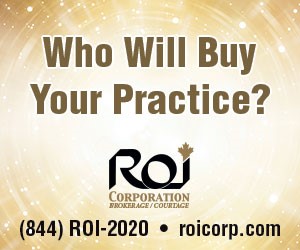

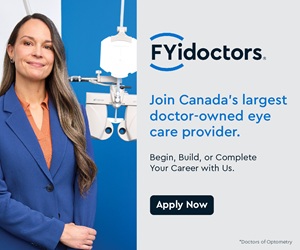
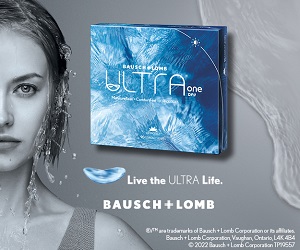

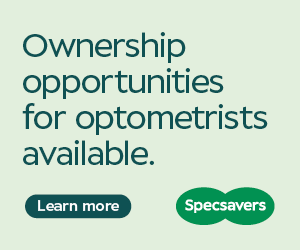
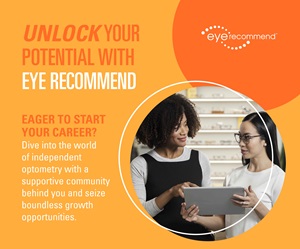

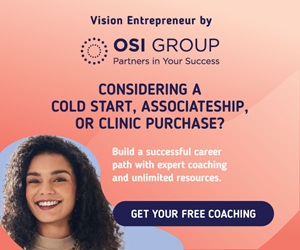
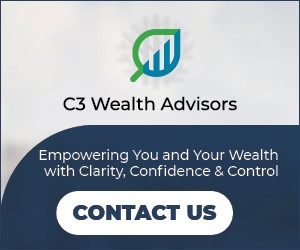

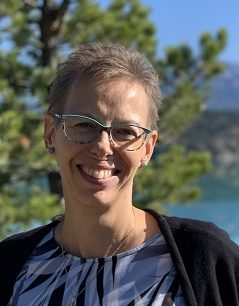
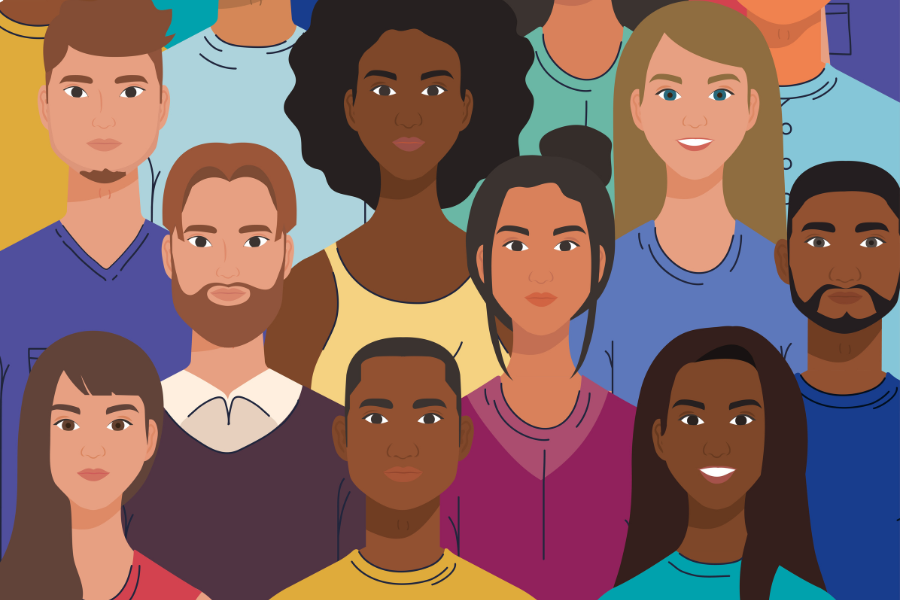
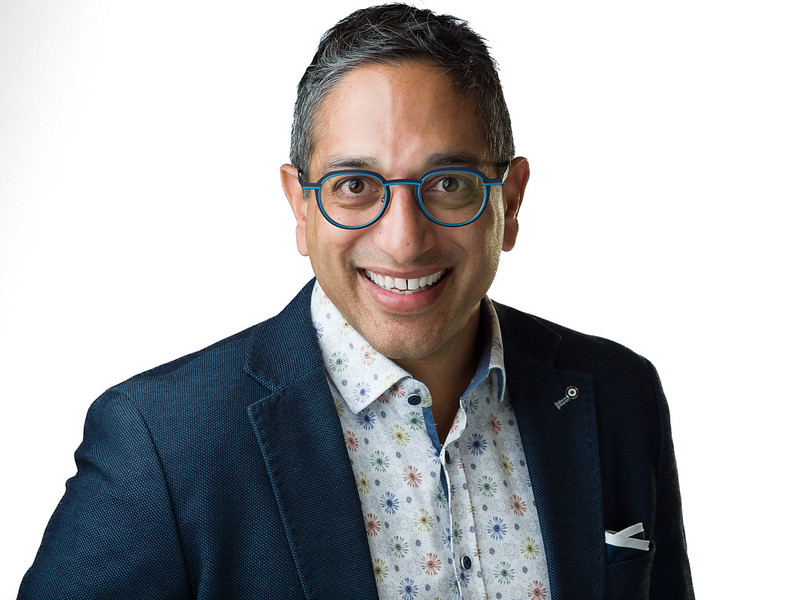

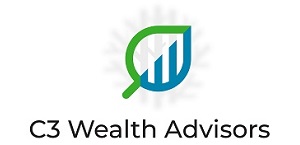





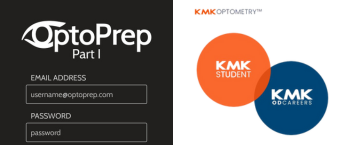
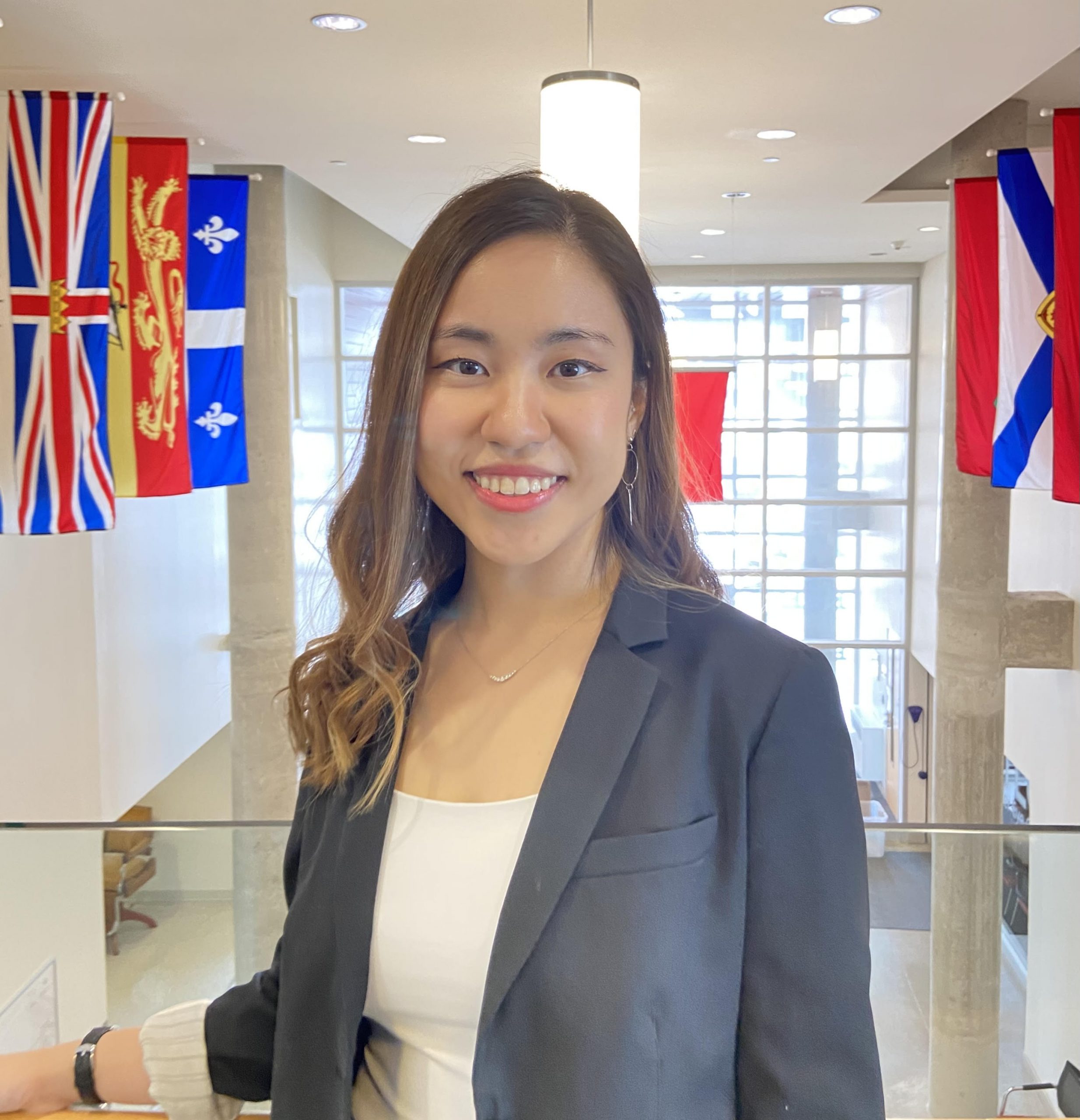
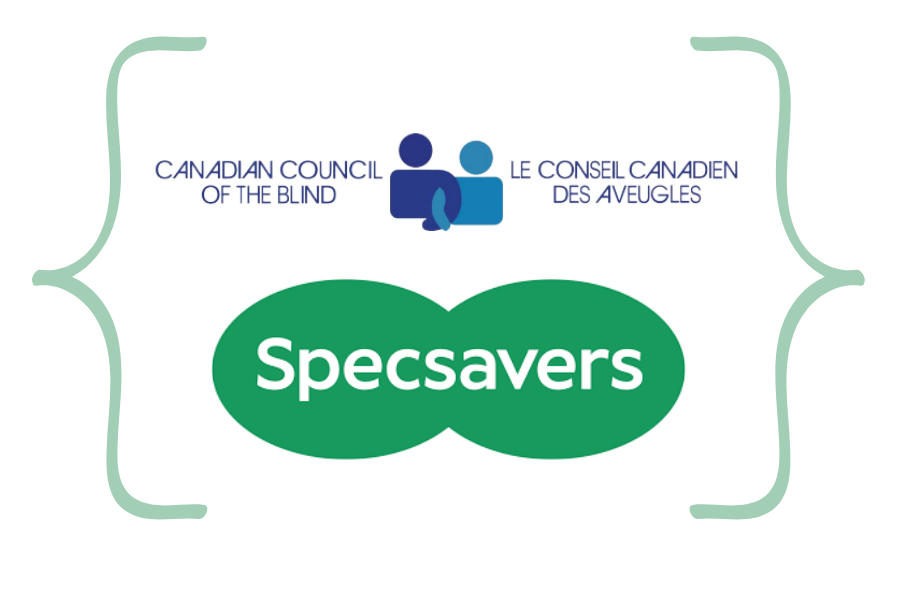


 Retailing all the products that can help improve and preserve vision is important. These optometry diversification opportunities help raise revenue per patient while increasing the “mind space” that allows your patient to think of you and your offerings when it comes to eye care and eyewear.
Retailing all the products that can help improve and preserve vision is important. These optometry diversification opportunities help raise revenue per patient while increasing the “mind space” that allows your patient to think of you and your offerings when it comes to eye care and eyewear.




